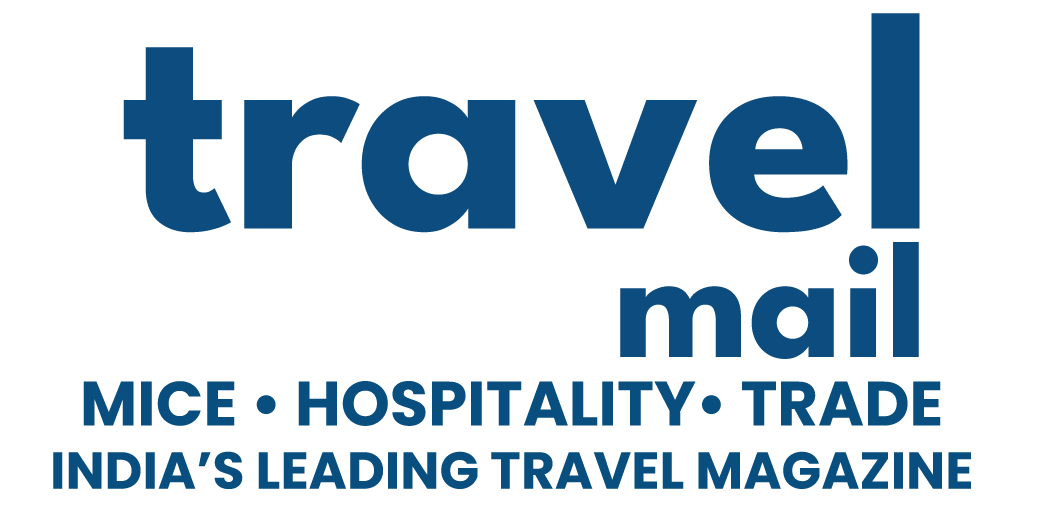Steady Profitability and Strong Balance Sheets to Keep Credit Profiles Healthy
Rising domestic tourism and an increasing propensity to travel overseas are expected to drive the revenue of India’s tour and travel operators by a robust 15-17% this fiscal year. This optimistic forecast is fueled by improving infrastructure, rising disposable incomes, a behavioural shift in travel patterns, and the government’s enhanced focus on boosting domestic tourism.
The revenue growth will build on a high base from the last fiscal year when revenue surged by approximately 40% year-on-year to around Rs 14,500 crore, surpassing the pre-pandemic peak by about 20%.
Healthy Credit Profiles and Steady Operating Margins
The credit profiles of travel operators are expected to remain healthy, supported by strong balance sheets and steady operating margins of 6.5-7%, similar to the previous fiscal year. This consistency in profitability will result in substantial cash flows and continue the sector’s low reliance on debt.
Says Poonam Upadhyay, Director, CRISIL Ratings Ltd, “The trend of ‘revenge travel’ seen after the pandemic has evolved into ‘regularised travel’ in recent years with a significant shift towards shorter and frequent vacations, for both domestic and overseas trips. Moreover, growing middle-class aspirations, rising urbanisation, affordable packages, steadily increasing income levels, and the government’s focus on boosting Indian tourism will maintain strong momentum in the tour and travel sector. This will, in turn, ensure healthy double-digit revenue growth for travel operators this fiscal as well.”
Drivers of Domestic Tourism Growth
In the domestic tourism market, growth is being driven by several key factors:
- Micro Holidays: Quick getaways or staycations over long weekends are becoming increasingly popular.
- Growing Spiritual Tourism: Enhanced infrastructure and better last-mile connectivity are facilitating travel to newer destinations.
- Improved Infrastructure: Upgraded infrastructure is making it easier for travellers to explore diverse regions within India.
In addition, an increase in inbound travel (i.e., foreign tourist arrivals) to pre-pandemic levels and high demand from the corporate and MICE (meetings, incentives, conferences, and exhibitions) segments are bolstering domestic travel.
Rising Overseas Travel
Overseas leisure travel is on the rise, driven by several factors:
- Higher Disposable Incomes: With more disposable income, more individuals are inclined to travel abroad.
- Visa-Free Facilities: 37 countries now offer visa-free facilities, simplifying travel for Indians.
- Simplified Visa Processes: Visa-on-arrival and e-visa facilities have made international travel more accessible.
- Affordable Travel Packages: Attractive travel packages are encouraging more Indians to explore international destinations.
- New Airline Destinations: Indian airlines are increasingly focusing on new destinations in Southeast Asia and Central Asia, spurring international trips.
Despite a hike in the rate of tax collected at source (TCS) on overseas travel packages effective October 1, 2023, the demand for overseas travel remains robust.
Operational Efficiency and Profitability
Anil More, Associate Director at CRISIL Ratings Ltd, highlights, “Strong customer retention, diverse revenue streams, various cost-optimization measures, and investments in technology and automation undertaken since the pandemic will keep the operating profitability of travel operators healthy at 6.5-7%, in line with last fiscal, despite higher marketing spend. The interest coverage ratio will also continue to be strong at over 5 times, in line with last fiscal.”
Liquidity and Financial Stability
The tour and travel sector’s liquidity is expected to remain strong, given the inherent negative working capital cycle due to significant customer advances and lower dependence on debt. However, certain factors warrant close monitoring, including:
- Visa Guidelines Revisions: Changes in visa guidelines could impact travel patterns.
- Growth in Commercial Air Fleet: An increase in the commercial air fleet may influence air travel dynamics.
- Air Fare Movements: Sharp changes in air fares could affect travel costs and demand.
- Tax Structure Changes: Modifications in the tax structure might impact travel expenses.
- Inflation: Inflationary pressures could influence travel affordability and spending.
Read more at TravelMail | Follow us on Facebook | Twitter | and Instagram for on-the-go news

